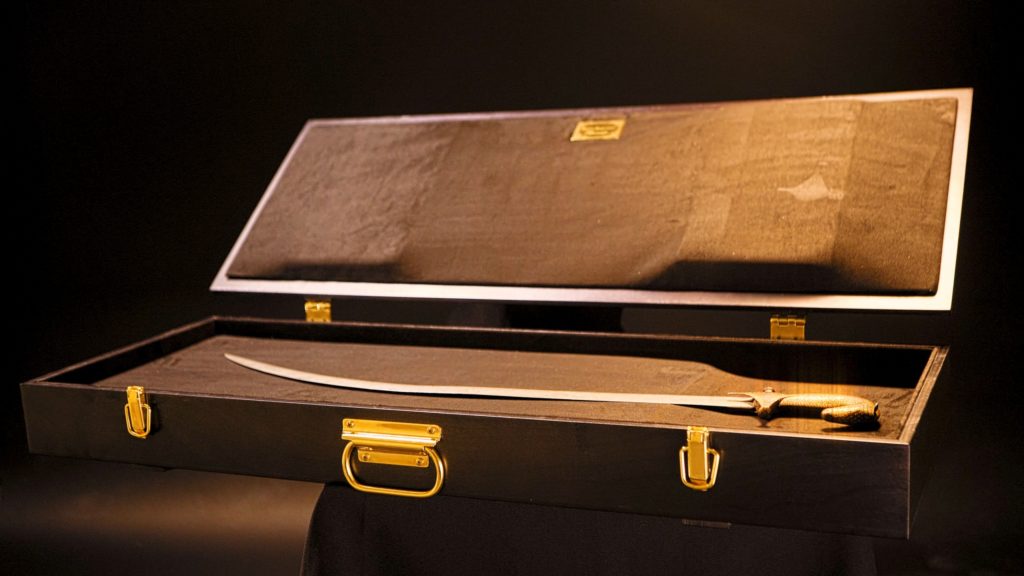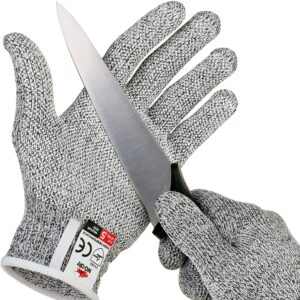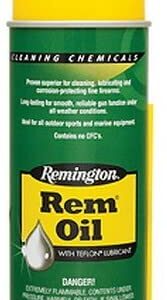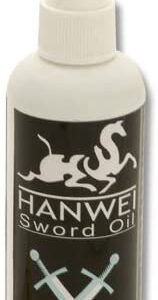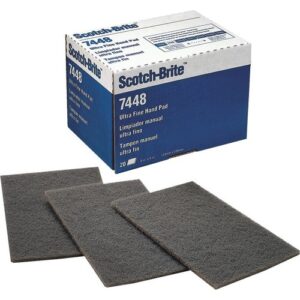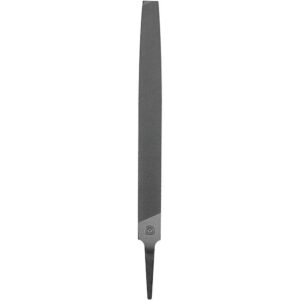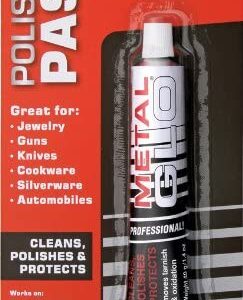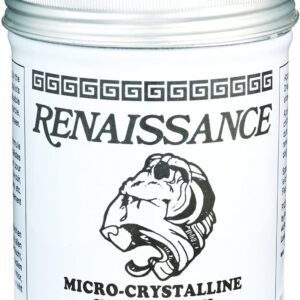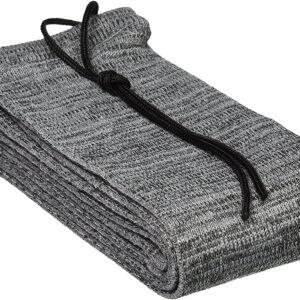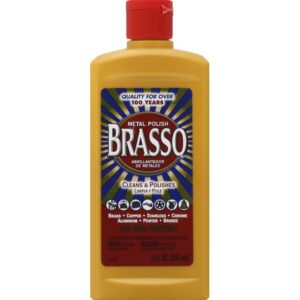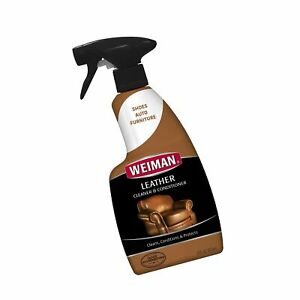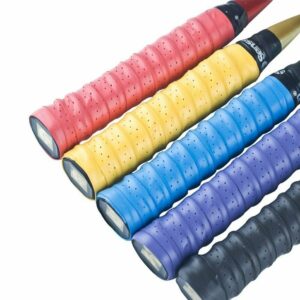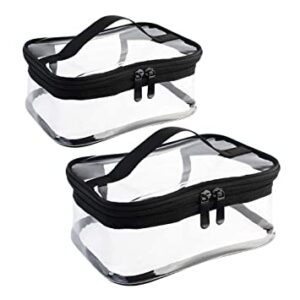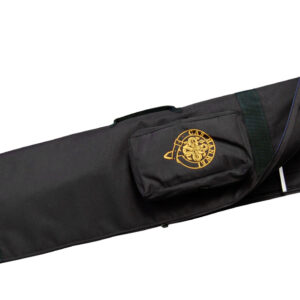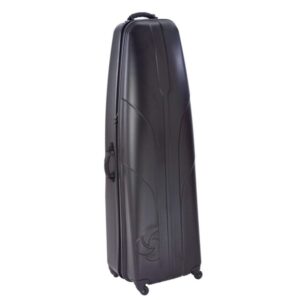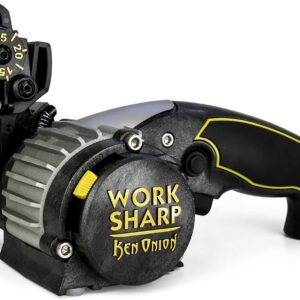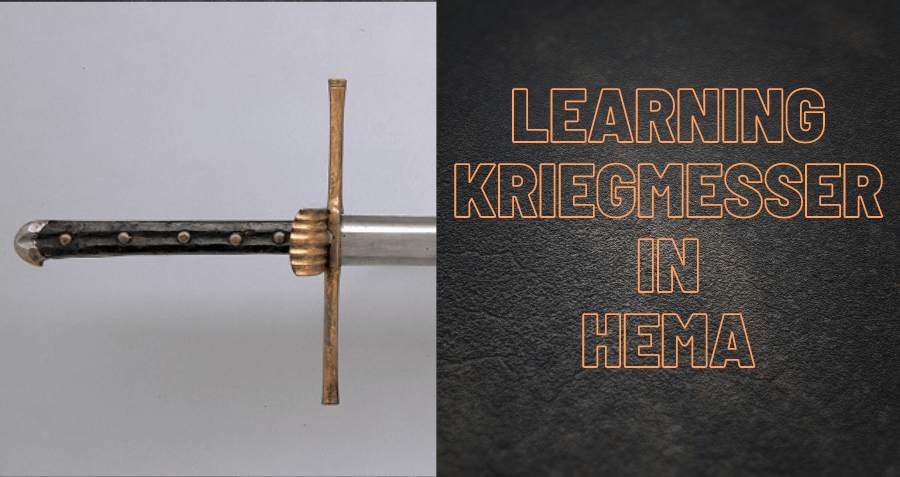Swords are cool, but they aren’t invincible. Carbon steel blades are prone to oxidization and rust. If you don’t take care of your arms their condition will deteriorate and become unusable. Some people don’t like cleaning things, but arms maintenance is a necessary part of being a warrior. Even if you keep your feder blade clean it can still chip, and you’ll need to know how to repair those chips. In this post we’ll talk about how to take care of your Historical European martial arts weapons such as your HEMA longsword.
Important Note: None of this advice is for cleaning antique weapons! Seek a specialist in antiquities restoration if you have an antique sword. Using these methods on an antique sword will result in a major loss of value.
How to Clean a Sword or Feder Blade
As a safety precaution you might consider purchasing and wearing cut resistant gloves when handling a sharp sword. The last thing you want to do while cleaning your sword is get blood all over it!
First thing you’ll want to do is use a soft lint-free paper towel or a coffee filter to remove any dust and oil. Blades typically collect oil from your fingers and hands, and if left on the blade will cause oxidization, and eventually rust. A rusty blade will not only be more prone to breaking but can infect people if it cuts them. One of the most unsafe things in HEMA is a rusty, bur covered feder blade. If someone gets injured with one they’ll need to get a tetanus booster shot and be mad at you. So as we want to be as safe of training partners as is possible with sword fighting, let’s go into the process of repairing and cleaning your blades.
If you’re cleaning a feder, often while practicing drills and free play you will cause nicks and burs to form in the steel. These are sharp and can seriously injure your opponent if left unchecked. In the process of using a paper towel to wipe down your feder blade you’ll discover any burrs or nicks that have appeared on the blade. Take note of them.
One of the key items needed to clean and protect a sword blade is oil. Almost everyone uses a light machine oil to clean blades but you can also use oils meant for gun cleaning, too. The oil provides a protective coating to form a barrier that prevents tarnishing and rust for at least a month. Here is a sample of some excellent choices. It should be applied using a cloth rag.
With oil you don’t need to apply a lot to the part of the blade you are working on. You only need to add enough to give a slight gleam to it. A light coating is sufficient. If you add too much you can soak it up with some flour
How to remove rust and file down burs on your feder blade
To remove rust and/or file down burrs in a feder blade you will need more than just a cloth rag. While many people use sand paper or steel wool to clean their blades and file down burs these surfaces can often damage your blade and make it look ugly. The best kind of pad to use is actually 3M Scotch-Brite Ulta Fine Hands Pads in light grey. This pad will actually remove light scratches, which is very useful for cleaning sword blades you use for test cutting practice. As these usually are not stocked at Home Depot (at least the ones we have been to) you can order them easily here.
How to repair chips on your HEMA longsword ( federschwert) ?
You may be wondering how to repair chips in your HEMA longsword, or federschwert (feder) blade. You can use Particularly challenging burs such as a chip may need to be filed down to smooth it out. We recommend this super cheap but useful hand file that can easily fit in your bag.
How to polish up your sword blade
After you have cleaned the blade with oil and the Ultra Fine pads you can then polish it up. If you want to go for an easy mirror shine what you’ll need are some rags and this amazing product called Metal Glo. You can use this for normal cleaning as well if you really want to, but as it is more expensive per amount than light machine or gun oil is, it’s best used just for display pieces.
Many sword collectors also use what is called Renaissance wax to protect sword blades when they are going to be stored for long periods of time. This is the same stuff that museums use to protect their treasure trove of historical pieces. You can buy it in a large bucket but honestly you probably won’t need that much for a personal collection. A little goes a long way. Applying a thin layer to your swords for display or storage will basically make their blades rust proof for at least a year, so long as you don’t touch them or anything. For this reason it shouldn’t be used on swords or feders you are actively using as you’ll just waste the wax.
Specifically when discussing feders, after a class it is a good idea to give the blade a light wipe down with a silicone coated cloth and let it dry. This will give it a nice layer of protection until its next cleaning.
How to protect and store your sword blades against rust
Lastly you want to protect your sword blades when not in use and while being stored alongside a sweaty fencing jacket or something, such as in a travel case (which we’ll talk about at the end of this guide). Some people think the best thing for storing a sword for long term usage is a scabbard, but that’s actually not the case. Scabbards tend to be made of wood and leather, two materials that attract moisture and are more likely to cause your blade to rust.
We highly recommend that you instead use rifle socks made from silicone treated material that resists rust. This is really the best thing for long term storage, and if you’re traveling with your feder sword in a bag or case that has your sweaty clothes you should use these socks, too. You can use the drawstring to tie the sock to your crossguard or other areas of the hilt. It will protect the blade.
Every 6 months or so you should strip the feder blade, as layers of oil and silicone will eventually build up. To do this apply brake cleaner and rub it down with a cloth rag.
Protecting other parts of your sword
The above mentioned process is specifically for usage on blades, and to a lesser degree parts of the hilts made from carbon steel like the cross-guard and pommels (note that not all hilts are made from carbon steels, or may have coloring that using things like Metal Glo on will damage). The above cleaning techniques should not the other parts of the sword such as the handle.
Some swords have brass components and instead of using the above oils you should use a brass cleaner such as Brasso on them.
Many swords and feders come from the manufacturer with either a cord or leather wrap. The leather wraps should be protected with leather conditioner, the same kind you’d use on a leather sofa.
Cord handle wrappings is another matter. This material is often made from cotton and is a much cheaper material than leather. You can put beeswax on it to extend its lifetime but it still wears out quicker than leather does. If the cord becomes damaged and worn, you can try to re-wrap it but it’s a lot easier and more effective to just use tennis wrap around it. Tennis wrap tends to work better as a sword handle grip material than leather does anyway. This should only be done to swords and feders you use actively though, as tennis wrap is often considered to be be ugly on a sword and greatly reduces the resale value of your piece. It shouldn’t be used on collectible weapons.
Storing all your sword cleaning supplies
As you can see a lot of things go into cleaning and maintaining a blade for Historical European martial arts training. It can be useful to keep all these items in a nice medium sized case that can fit in your travel bag for when you go to seminars, tournaments and other events.
We recommend purchasing these plastic transparent cases to store your sword cleaning kit.
Transporting your swords (and other HEMA gear)
We recommend storing and traveling with your swords using some kind of case, as it both protects them and lessens the amount of unwanted attention you receive.
For carrying several swords we recommend this carrying case from Hanwei.
If you want to haul all of your equipment back and forth, and even do travel on airplanes to attend conventions, seminars and tournaments then you need something more heavy duty. The best solution we have found is this high quality and reasonably priced travel case from Samsonite. It was meant for carrying a golf bag on an airplane but works perfectly for HEMA usage.
Based on our own experiences this case has enough room to hold:
- 1 padded fencing jacket
- 1 padded fencing pants
- 1 fencing mask
- pair of leather fencing gloves
- pair of heavy fencing gloves & elbow protectors
- pair of leg protectors
- 2-3 steel swords
- small first aid kit
- small sword cleaning kit
This is honestly the best deal you’re going to find if you intend to travel a lot.
Sharpening a sword blade for test cutting purposes.
If you’re looking to sharpen a blade for test cutting the best and easiest thing to do is use a Work Sharp Ken Onion Blade Sharpener. It has guides that make it easy to sharpen a sword blade to the correct angle and each blade lasts about 100 sharpenings.
We hope this information is helpful to you.
If you’d like to learn more information about historical fencing practices please check out our Learn HEMA page for a guide to learning about the historical weapon that interests you. You can also find more guides we’ve written about other topics at our Helpful Guides page. You can also join the conversation at our forums or our Facebook Group community.
